Nutritional Needs of German Shepherds: Fuel for Brains, Bones, and Bravery
Life-Stage Nutrition for German Shepherds
Choose large-breed puppy formulas that support slow, steady growth and controlled calories. Aim for balanced calcium to phosphorus, roughly 1.2–1.4:1, and avoid extra calcium supplements. Measured portions, gradual transitions, and regular weigh-ins reduce orthopedic stress and help protect developing hips.
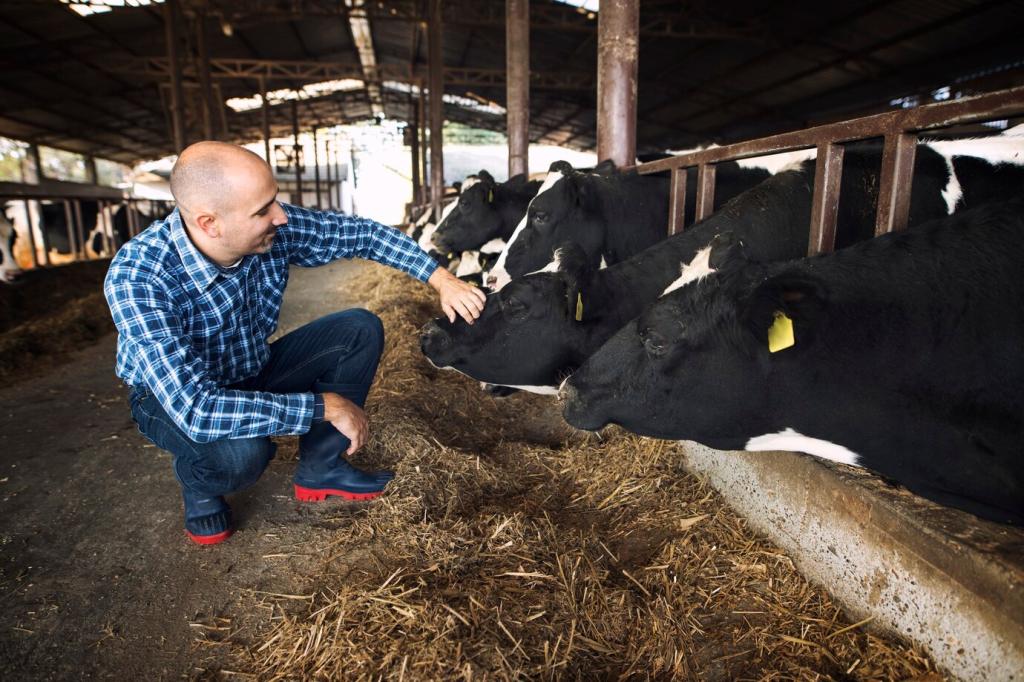

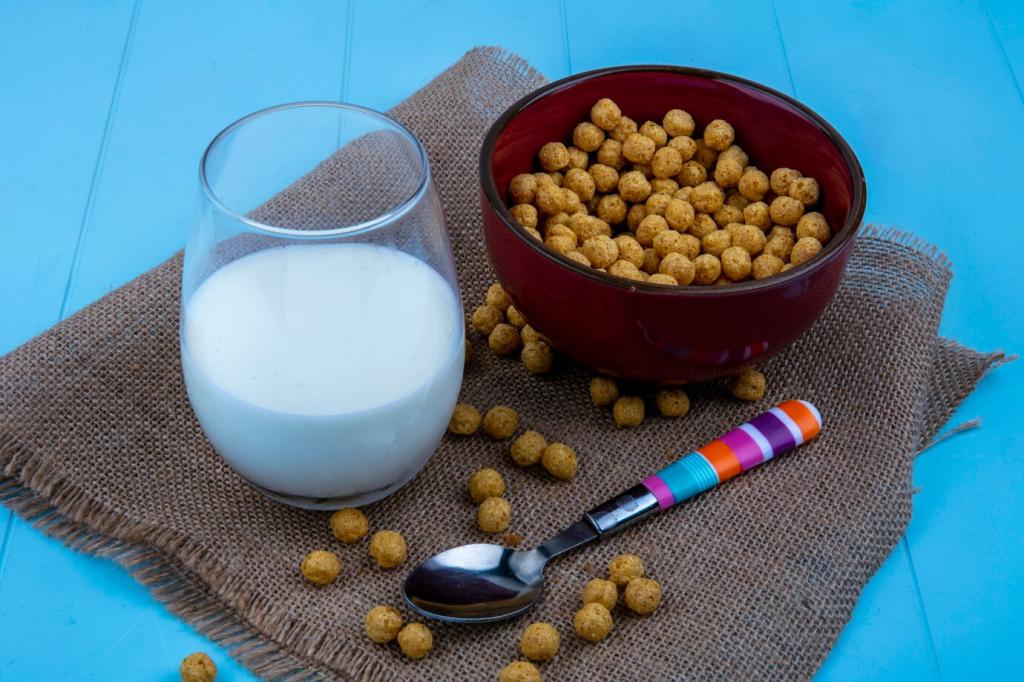
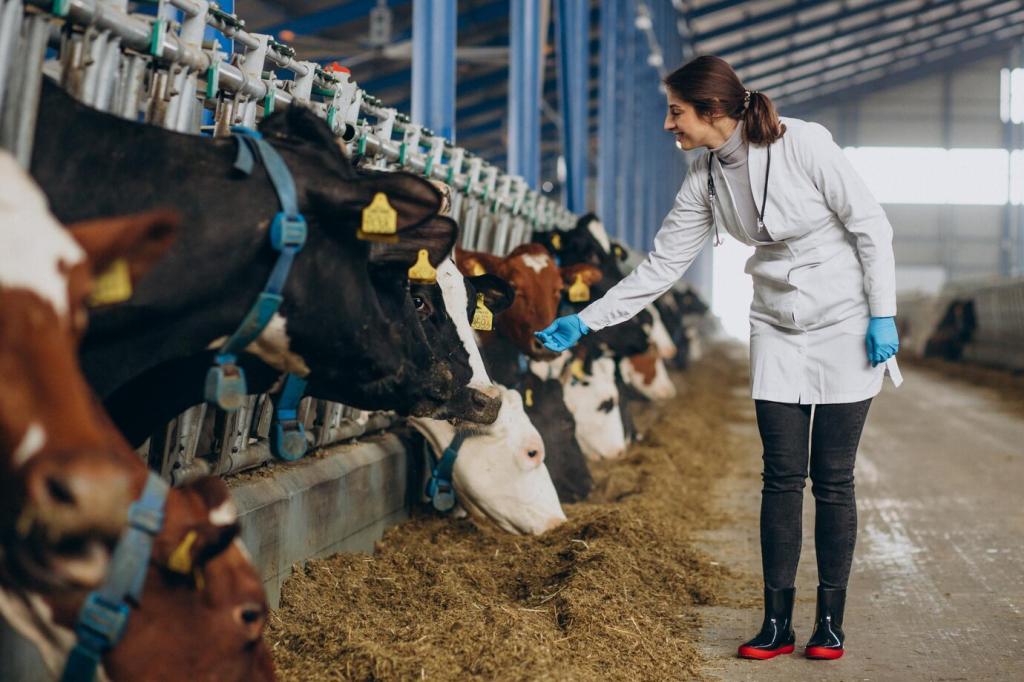
Micronutrients and Joint Care
Large-breed puppies depend on a careful calcium–phosphorus ratio to protect growing joints and bones. Avoid adding calcium to a complete diet, since more isn’t better. Choose reputable large-breed puppy foods, follow measured portions, and partner with your veterinarian to monitor growth charts and limb alignment.
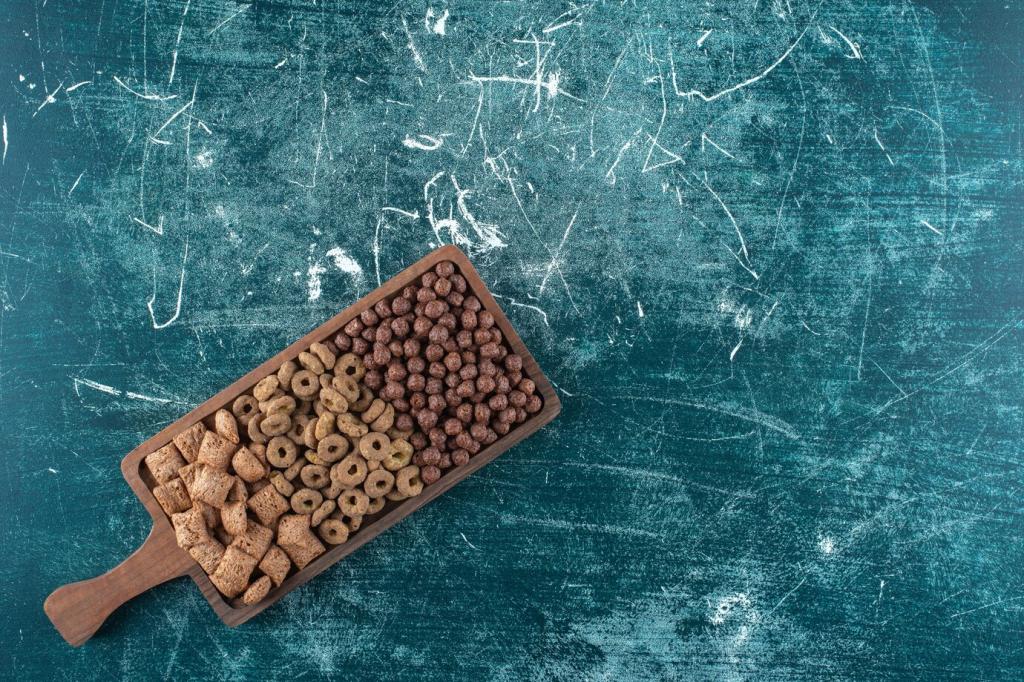
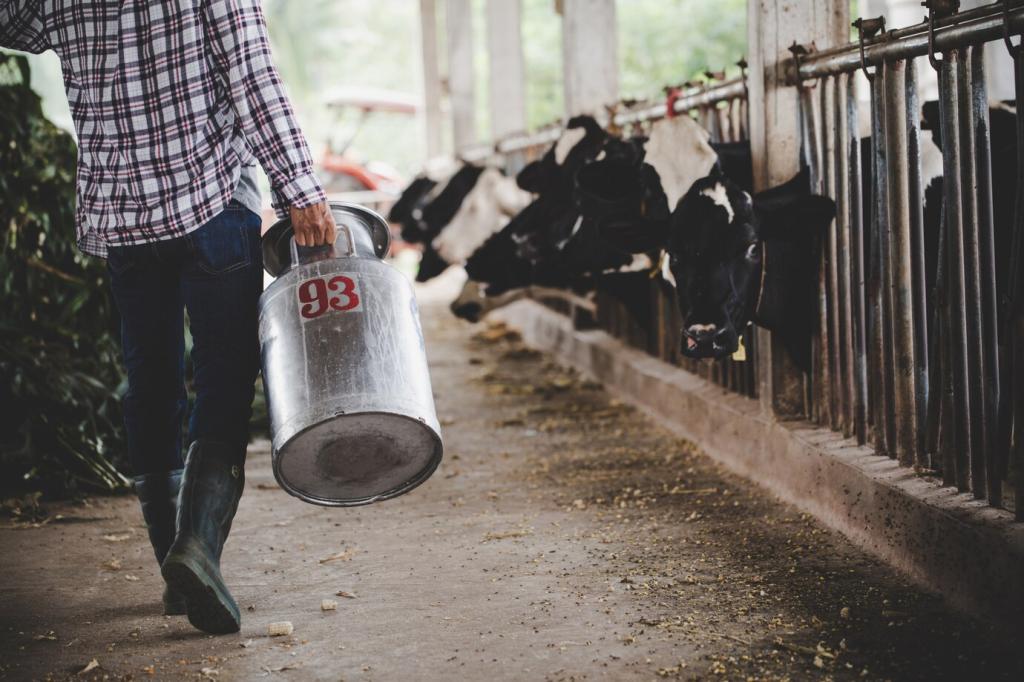
Micronutrients and Joint Care
Many owners report easier movement with joint-support nutraceuticals like glucosamine, chondroitin, and green-lipped mussel. Results vary, but these are often most effective alongside weight control, sensible exercise, and omega-3s. If you’ve tried a joint regimen, share your observations so our community can learn together.
Sensitive Stomachs and Allergies in German Shepherds
Watch for recurring itchiness, hot spots, ear gunk, soft stools, gas, or scooting. Keep a simple food journal noting proteins, treats, and toppers. Make one change at a time to avoid confusion, and give each adjustment enough time to clearly see patterns emerge without mixed signals.
Sensitive Stomachs and Allergies in German Shepherds
Transition foods slowly over seven to ten days, feed on a consistent schedule, and consider prebiotics and probiotics for microbiome support. Avoid rich table scraps and limit training treats. Slow-feed bowls or snuffle mats help anxious eaters, giving the stomach precious minutes to signal fullness and comfort.
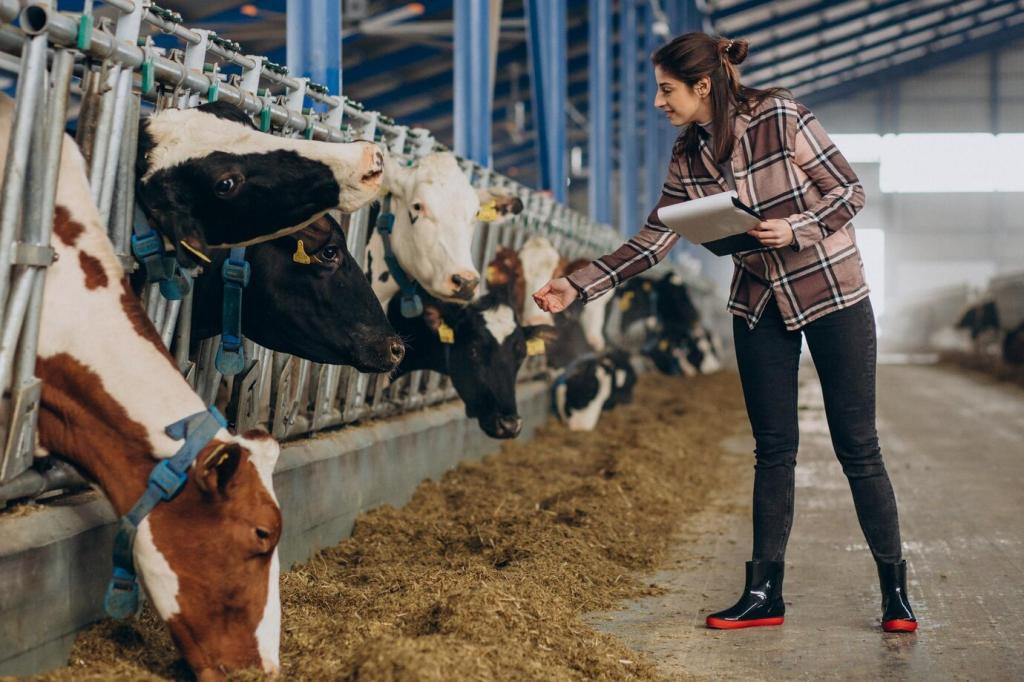

Measure like a pro for reliable results
Use a kitchen scale for accuracy; scoops can mislead. Caloric needs vary widely by metabolism, weather, and workload. Keep treats under ten percent of daily calories, account for toppers, and adjust portions weekly based on performance, stool quality, and body condition trends rather than package averages.
Body condition score, not breed myths
Aim to feel ribs easily with a light fat cover, see a clear waist from above, and a tucked abdomen from the side. Many Shepherds look best around a 4–5 out of 9. Make changes in small ten percent increments, and take monthly photos to track honest progress.
Timing meals and managing bloat risk
Feed two or three smaller meals daily and avoid vigorous exercise an hour before and after eating. Slow feeders discourage gulping; fresh water should always be available. Elevated bowl recommendations are debated, so discuss bloat prevention strategies with your veterinarian for your dog’s specific risk profile.
Real Stories, Safe Toppers, and Community
Max’s owner swapped a bargain kibble for a more digestible formula with named meats and added omega-3s. Within weeks, stools were smaller, his coat gleamed, and training sessions stretched longer. Have a similar win? Tell us what worked so others can learn from your journey.
Real Stories, Safe Toppers, and Community
After months of itch cycles, Luna’s family committed to a vet-guided elimination plan using a novel protein, no exceptions. Around week ten, the scratching eased, ears cleared, and naps were peaceful again. Share your timeline and tips; your persistence may give another Shepherd parent hope.


